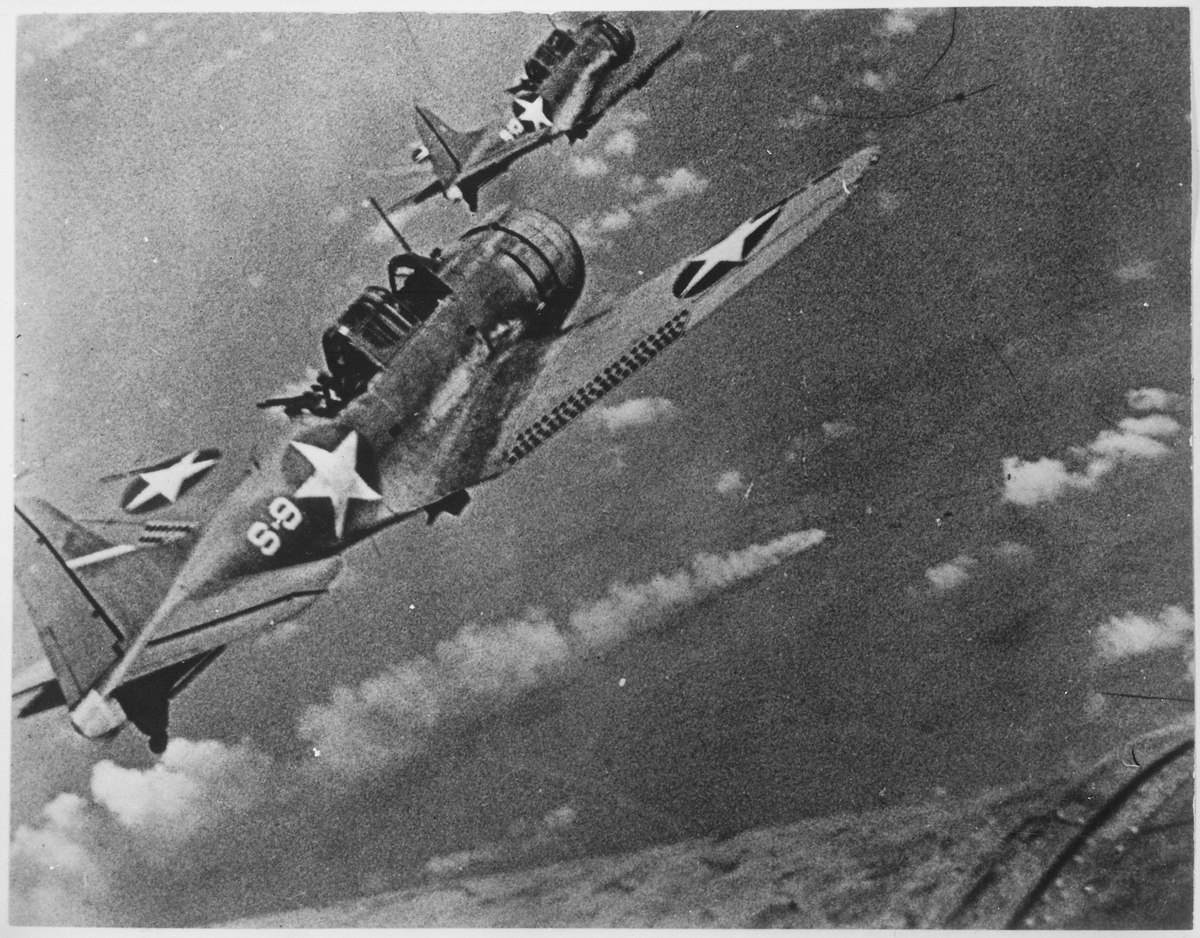a. In order to have the pilot alive, you need his RTB in a shot up plane. That kind of makes the plane an important part of the teaching syllabus.
b. Proves a.
Not quite sure what the point is here?
A null argument?
Btw was the USN learning ?
USS Yorktown (CV-5) Action Report
CV5/A16-3 (CCR-10-oah)
U.S.S. YORKTOWN
PACIFIC FLEET
18 JUN 1942
F4F-4 Airplanes
The fighter pilots are very disappointed with the performance and length of sustained fire power of the F4F-4 airplanes. The Zero fighters could easily outmaneuver and out-climb the F4F-3, and the consensus of fighter pilot opinion is that the F4F-4 is even more sluggish and slow than the F4F-3. It is also felt that it was a mistake to put 6 guns on the F4F-4 and thus to reduce the rounds per gun. For the opposition now being encountered the combination of 4 guns and 450 rounds per gun is much superior to the 6 guns with 240 rounds per gun. Many of our fighters ran out of ammunition even before the Jap dive bombers arrived over our forces; these were experienced pilots, not novices. It is strongly urged that the Navy be supplied with a fighter that is at least equal of the Zero fighter. It is believed that 4-50 caliber fixed machine guns give sufficient fire power for carrier based fighters, especially in view of the loss of performance involved in adding two additional guns.


